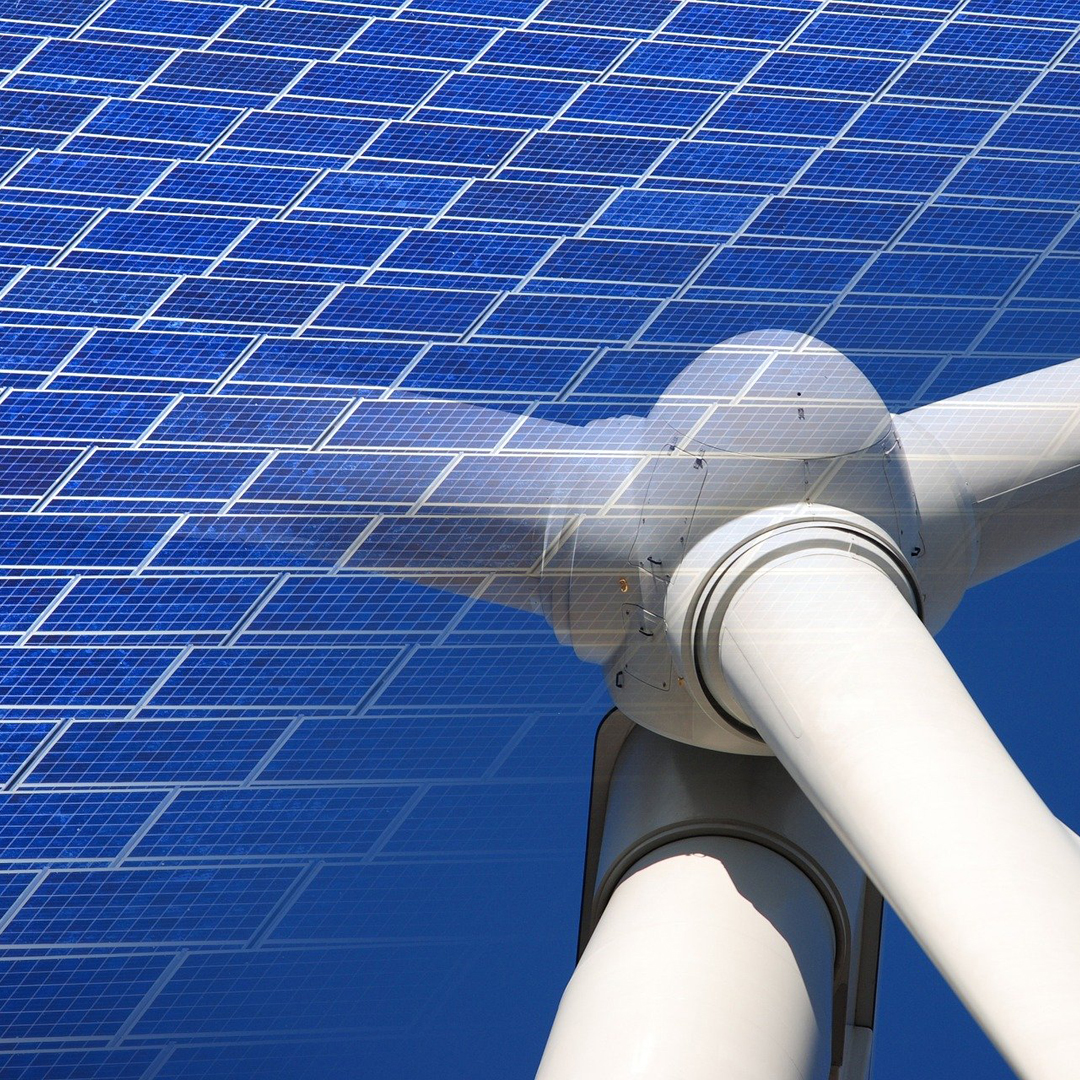Decarbonization Succeeds Net-Zero-Energy as Sustainability Goal
By Sandra Gramley, AIA, NCARB, LEED AP BD+C
As little as a year ago, zero net energy dominated the discussion in sustainability circles. In architecture, that means designing or retrofitting buildings to produce at least as much energy as they consume.
Since that goal was based on solar energy supplied by roof-mounted photovoltaic (PV) panels, after PV panels became cheaper and more prevalent, the next step was to aim higher.
Enter decarbonization.
Decarbonization relates to the reduction of greenhouse gasses in the atmosphere. Those gasses causing the most damage are carbon dioxide, methane, nitrous oxide and fluorinated gasses. Most of these harmful gasses are generated by producing, transporting or burning fossil fuels.
Most cites’ and states’ climate goals are closely tied to reducing the use of fossil fuels.
According to Center for Climate and Energy Solutions, “In 2015, CO2 emissions from fossil-fuel combustion in the U.S. building sector generated 565.8 million metric tons of carbon dioxide equivalent (MMtCO2e) in direct emissions, or about 8.6 percent of total U.S. greenhousegasemissions.”
This contribution makes buildings the fourth highest emitting sector in the U.S.
Health is also an issue. Air quality and public health professionals teamed to ask the California Energy Commission to safeguard public health by adopting an all-electric energy code by 2022.
Citing an article in Nature by Irene C. Dedoussi, et. al. entitled Premature Mortality Related to United States Cross-State Air Pollution, this team wrote to the Commission, “…the lack of regulation of the building sector has meant that buildings are now the leading cause of premature death from combustion emissions (particulate matter and ozone).”
They also pointed out that one in eight Californians has asthma, and that this group of people may be at especially high risk from indoor gas appliances and systems.
Moreover, as noted in a Lancet article by Michael Guarnieri and John R. Balmes entitled Outdoor Air Pollution and Asthma, the team pointed out in their letter that “asthma rates are higher in low-income communities and communities of color.” As building codes evolve, matters of environmental justice like this are increasingly important considerations.
Fortunately, with production of wind energy on the rise and solar panels becoming more affordable, it makes sense for buildings to maximize the energy available from these clean sources.
A major aspect of decarbonization, as it relates to building design, means moving to all-electrical appliances and systems. Solar and wind energy can make electricity, and if a building uses electricity instead of gas, it can be powered entirely by clean energy.
With proper planning and design, buildings can also accommodate electric vehicle charging, thereby facilitating the transition away from combustible fuel vehicles.
Architects play an important role in this transition to decarbonization and building electrification. As such, the American Institute of Architects’ (AIA) Committee on the Environment (COTE) has been advocating for and promoting decarbonization strategies and policies.
I serve on this committee and work with other architectural leaders to encourage more public agencies to create “reach codes” that would encourage or require electrification. Reach codes are local requirements that exceed the state code.
Many cities have emerged as leaders. The City of Berkeley, California, which prohibited natural gas infrastructure in new construction last year, has led the charge on decarbonization and electrification measures. Other Northern California cities and some places in Massachusetts have taken steps too, as well as a smattering of cities in other states.
Closer to Platt/Whitelaw Architects’ home in San Diego, the City of Carlsbad is limiting the use of natural gas. Already a leader in the zero net energy movement, the County of San Diego is also one to watch.
It is important for architects to educate their clients about how easy and affordable it is to electrify a new building that will have PV panels.
Retrofitting existing buildings presents a greater challenge, but Berkeley is considering incentives for making this more financially feasible for owners. It remains to be seen how other cities will address this issue.
Another challenge is ensuring that essential facilities have emergency power that doesn’t rely on fossil fuel-powered generators. The game changer here likely will be high-capacity solar cell backup batteries, but the technology is still evolving.
According to an article on Nature.com, “Before the COVID-19 pandemic of 2020, emissions of carbon dioxide were rising by about 1% per year over the previous decade, with no growth in 2019.”
The need to roll back greenhouse gas emissions is dire and immediate. Electrifying buildings can make a big impact in this effort. Help spread the word by sharing this article and talking to your friends, family and coworkers.





